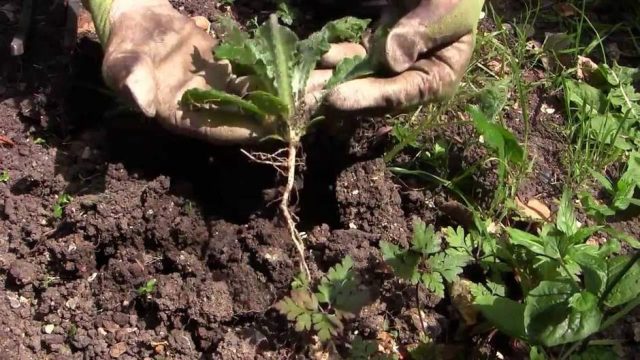If you look at the problems of plants, soil-borne diseases are the most frustrating and annoying. In short, they are the bane of many gardeners as they think they are doing everything suitable, yet all their plants are ill, stunted, and near to death. However, the main challenge with these soil-borne diseases is they are impossible to detect or diagnose if you don’t have knowledge and experience like an expert.
But if you want to prevent soil-borne diseases, the most effective way to do this is to contact the best soil treatment services, which will save you money and many other issues. In short, an expert opinion is necessary to help you get rid of the problem within no time.
What are soil-borne diseases?
Billions of microorganisms live in soil, which plays an essential role in the ecosystem. Some of them are fungi that generate edible mushrooms, which offer many benefits and are welcomed in many cases. But if the pathogens are dangerous, they can wreak havoc in your garden and planting beds.
However, soil-borne diseases affect vegetables and fruits, and they can reduce overall yields and the quality of the harvest. Moreover, in some cases, these pathogens also cause root rot, wilting, and decay.

How to control soil-borne diseases?
In the above post, we have discussed soil-borne diseases, and now we will come to know how we can control the conditions. According to the best soil treatment services, getting rid of these culprits is impossible, especially when they are ubiquitous in your area. Apart from that, they still survive in soil when the host crop is no longer there. However, there is chemical control, but it is not very effective, and on the other hand, it is an expensive affair.
But the best way to control the soil-borne diseases and their infestations is to cut the population. The steps to do this are: –
- You have to clean all the garden debris at the end of the season and get rid of everything infected. The reason is pathogens can easily feed on overwintering plant material.
- Make sure to rotate where you plant vegetables of the same family. However, if it is not possible due to space, it will be wiser to skip farming for at least one year or two.
- Moreover, if there are some fungal issues, they can be easily prevented by treating with copper and sulfur early in the season as they are considered organic controls.
Apart from the above method, there are various other ways as well by which you can control the soil-borne diseases. They are: –
Keeping the soil healthy with compost
According to the best soil treatment services, bioactive compost can quickly suppress soil-borne diseases as it has microbes that antagonize the soil’s current residents. However, using enough compost, like, 20% of the soil’s volume, will turn the existing soil microbial community on its head. It is the cure or first-aid method to control soil-borne diseases.
Use the GrowVeg Rotation Tool to assist you.
This is another successful method of controlling soil-borne diseases. This crop rotation tool uses a glowing red background color to tell you close relations during the previous seasons. However, if you are new to this tool, you can start it by creating a new plan that will show you last year’s garden.
After that, click on the new plan button for the new plan, which is given in the left corner. The sheet of the new plan will look blank, but when you click on the vegetable you want to grow, the spaces where the potatoes were previously grown will pulse red and tell you to select another bed.
In short, this crop rotation tool simplifies space management and helps you obscure family relations. This tool will guide you up to five years of rotation.
- Treating soil-borne pathogens in the garden
Apart from the above two things, you can also check with your local university extension to check whether they can help you identify the issues. Here master gardener groups can be a great resource, but ensure not to overlook the knowledge and also experience that can be found at your local garden center.
If the plant dies, you must remove the entire root ball and dig out at least six inches of dirt. After that, take the dead specimen to the nursery for an opinion and advice on how to treat the soil to overcome the issue. However, in many cases, you have to dig out the planting area fully and let in new healthy dirt.
The bottom line
Soil-borne diseases are one of the dangerous and frustrating issues that most gardeners don’t like at all. For the best result, ensure to limit the occurrence of the issue and the spread of pathogens.
Apart from this, if you are interested to know more about Cape Primrose Flower then visit our LANDSCAPING category









